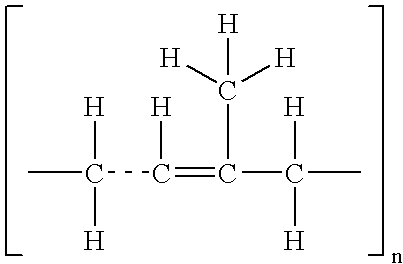Decreasing allergenicity of natural latex rubber prior to vulcanization
- Summary
- Abstract
- Description
- Claims
- Application Information
AI Technical Summary
Benefits of technology
Problems solved by technology
Method used
Image
Examples
Embodiment Construction
[0026] As previously noted, the present invention involves a method of reducing allergenicity of natural latex rubber. The natural latex rubber is subjected to aluminum hydroxide and agitation to produce an intimate admixture. Ideally, at least approximately 0.01% aluminum hydroxide by weight is admixed with the natural latex rubber and, preferably, 0.02-0.5% aluminum hydroxide by weight is employed. Furthermore, lignin or fumed silica as previously described can be admixed with the aluminum hydroxide and natural latex prior to vulcanization to reduce the antigenic protein value.
[0027] Once the suitable admixture is created, it is found that at least 30 minutes, preferably 72 hours of agitation is required to enable appropriate denaturing of the antigenic protein content from the natural latex rubber whereupon, the treated latex containing denatured protein is vulcanization into a latex article.
[0028] Although there are various suitable candidates for use herein, it has been found...
PUM
| Property | Measurement | Unit |
|---|---|---|
| Fraction | aaaaa | aaaaa |
| Fraction | aaaaa | aaaaa |
| Time | aaaaa | aaaaa |
Abstract
Description
Claims
Application Information
 Login to View More
Login to View More - R&D
- Intellectual Property
- Life Sciences
- Materials
- Tech Scout
- Unparalleled Data Quality
- Higher Quality Content
- 60% Fewer Hallucinations
Browse by: Latest US Patents, China's latest patents, Technical Efficacy Thesaurus, Application Domain, Technology Topic, Popular Technical Reports.
© 2025 PatSnap. All rights reserved.Legal|Privacy policy|Modern Slavery Act Transparency Statement|Sitemap|About US| Contact US: help@patsnap.com

